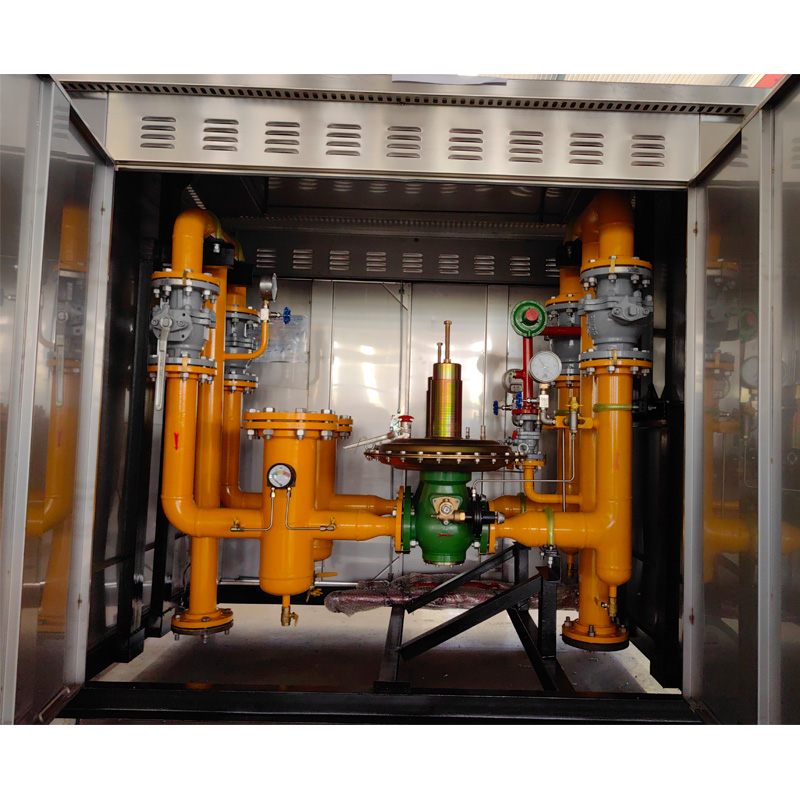
8 月 . 09, 2024 01:40
Back to list
Gas Pressure Reduction Station and Its Role in Efficient Energy Management and Distribution Systems
Gas Pressure Reduction Stations An Overview
Gas pressure reduction stations play a crucial role in the transportation and distribution of natural gas. As natural gas is transmitted through pipelines from production sites to consumers, its pressure needs to be managed to ensure safety and efficiency. This is where gas pressure reduction stations come into play. These facilities reduce the high-pressure gas from transmission pipelines to a lower pressure suitable for local distribution networks and end-users.
The Importance of Gas Pressure Reduction
Natural gas travels through long pipelines at high pressures to minimize the rate of gas loss and to ensure efficient transportation over vast distances. However, this high pressure is unsuitable for domestic or commercial use, where lower pressures are required. If the gas were to be delivered at its original high pressure, it could pose serious risks, including equipment damage, leaks, and explosions. Therefore, pressure reduction stations are essential for making the gas safe for consumer use.
How Gas Pressure Reduction Stations Work
.
Once the gas is filtered, it enters the pressure reduction unit. This unit typically utilizes control valves that allow for the safe reduction of pressure without causing any significant temperature fluctuations. As the gas expands through the valve, its pressure drops, and it may cool slightly. To mitigate this cooling effect, heat exchangers or other heating methods may be employed to maintain a stable temperature for downstream operations.
محطة تخفيض ضغط الغاز

Another critical component of a gas pressure reduction station is the measurement and monitoring system. Accurate pressure and flow measurements are vital for ensuring the station operates within safe and efficient parameters. Advanced monitoring systems can provide real-time data and alerts for any abnormalities, allowing operators to take action swiftly.
Safety Measures
Safety is paramount in the operation of gas pressure reduction stations. Since natural gas is flammable and can lead to explosive situations if not handled properly, these stations are designed with numerous safety features. For example, pressure relief valves are in place to prevent excess pressure buildup, and emergency shut-off systems can quickly halt operations in case of a malfunction or leak.
Additionally, regular maintenance and inspections are conducted to ensure all equipment is functioning correctly and safely. Operators are trained to handle emergencies, and stringent regulations govern the operation of these facilities to protect both workers and surrounding communities.
Conclusion
Gas pressure reduction stations are vital infrastructure components that enable the safe and efficient distribution of natural gas. By lowering the high pressure from transmission lines to manageable levels, these stations ensure that gas can be safely delivered to homes and businesses alike. The importance of properly designed, monitored, and maintained gas pressure reduction stations cannot be overstated, as they play a fundamental role in the larger energy ecosystem, contributing to the safe and reliable supply of natural gas across regions. As the demand for natural gas continues to grow, the role of these stations will become even more critical in ensuring energy security and safety.
Latest news
-
Unlocking The Quality Gas Pressure ReducersNewsNov.01,2024
-
The Role of Gas Pressure Reducing StationsNewsNov.01,2024
-
The Importance and Functionality of Safety Relief ValvesNewsNov.01,2024
-
The Essential Role of Safety Valves in Natural Gas ApplicationsNewsNov.01,2024
-
The Essential Role of Gas Pressure RegulatorsNewsNov.01,2024
-
Enhance Your Premium Gas FiltersNewsNov.01,2024

